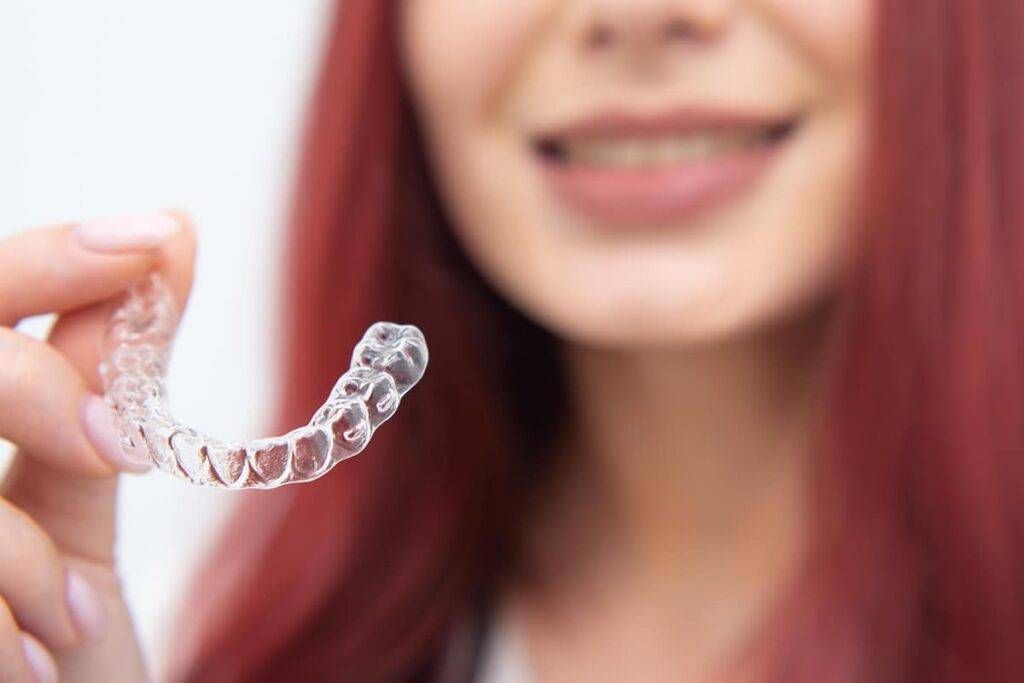The evolution of orthodontic aligners has focused on improving patient comfort, treatment efficiency, and overall biocompatibility. Traditional aligner materials, while effective, have often been associated with discomfort, allergies, or suboptimal treatment outcomes.
Today, advancements in biocompatible materials are revolutionizing clear aligner technology, making them safer, more effective, and more comfortable for patients.
What Are Biocompatible Materials?
Biocompatible materials are substances designed to interact with the human body without causing adverse reactions. In the context of orthodontics, these materials ensure that aligners are safe, non-toxic, and resistant to bacterial accumulation.
Innovations in polymer science have led to the development of high-performance thermoplastics that provide superior flexibility, durability, and stain resistance.
Advantages of Biocompatible Aligners
Enhanced Comfort: These materials offer improved flexibility and a better fit, reducing gum irritation and discomfort during treatment.
Reduced Allergic Reactions: Biocompatible polymers eliminate harmful chemicals, such as BPA, that may trigger allergic responses.
Increased Durability: Advanced thermoplastics resist wear and tear, ensuring that aligners maintain their shape and effectiveness over time.
Improved Oral Health: Materials with antibacterial properties help reduce plaque accumulation, minimizing the risk of cavities and gum disease.
Optimized Tooth Movement: The latest biocompatible materials offer controlled force application, enhancing the efficiency and predictability of tooth movement.
The Future of Aligners with Biocompatible Materials
As research progresses, we can expect the integration of smart materials capable of self-adjusting to optimize treatment. Additionally, the use of biodegradable aligners may offer an eco-friendly alternative while maintaining the highest standards of comfort and effectiveness.
Final Thoughts
Biocompatible materials are paving the way for the next generation of orthodontic aligners. By focusing on safety, comfort, and efficiency, these advancements promise an improved experience for patients and better outcomes for orthodontists. As technology continues to evolve, the future of orthodontic treatment looks more patient-friendly than ever.


